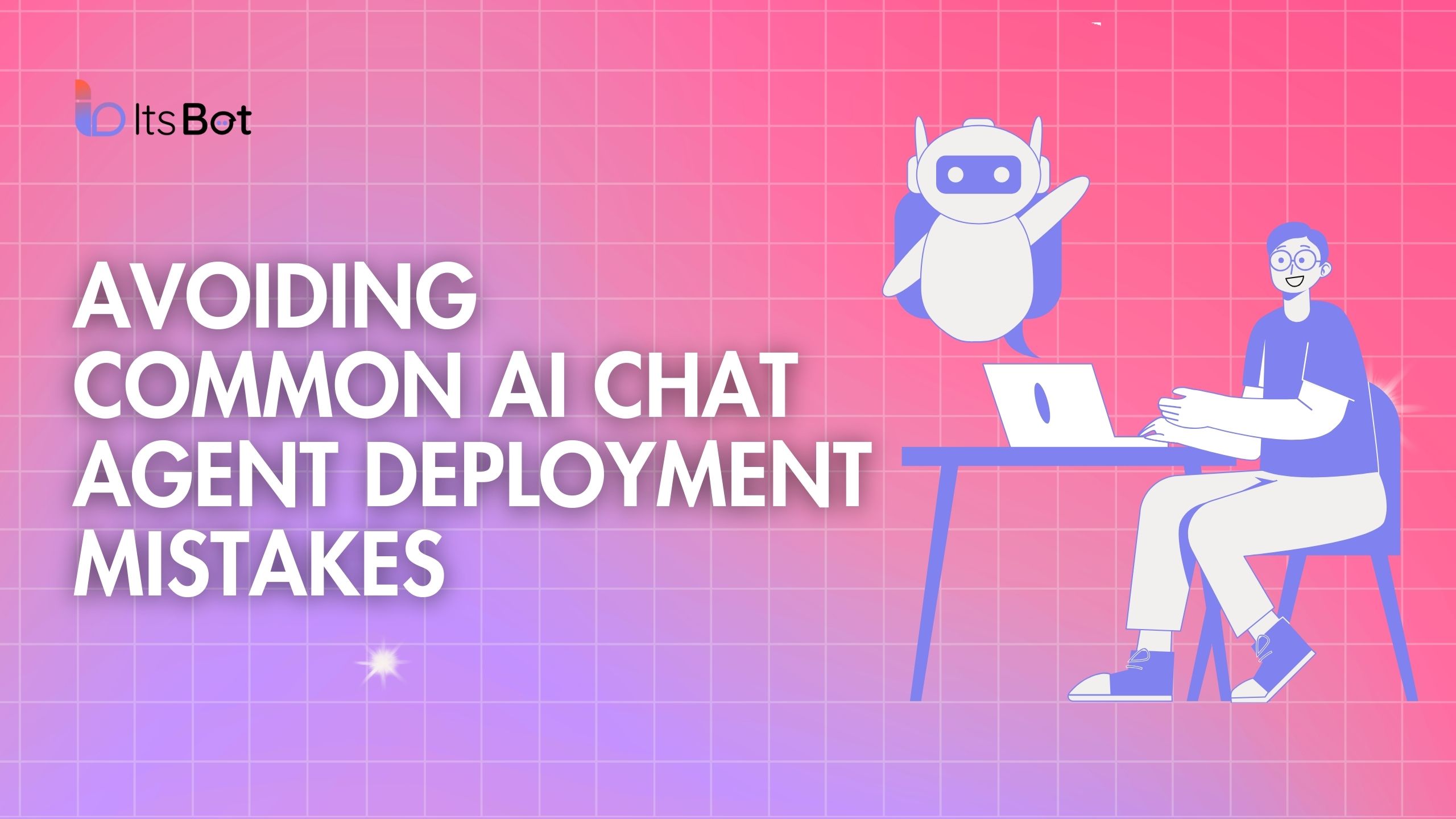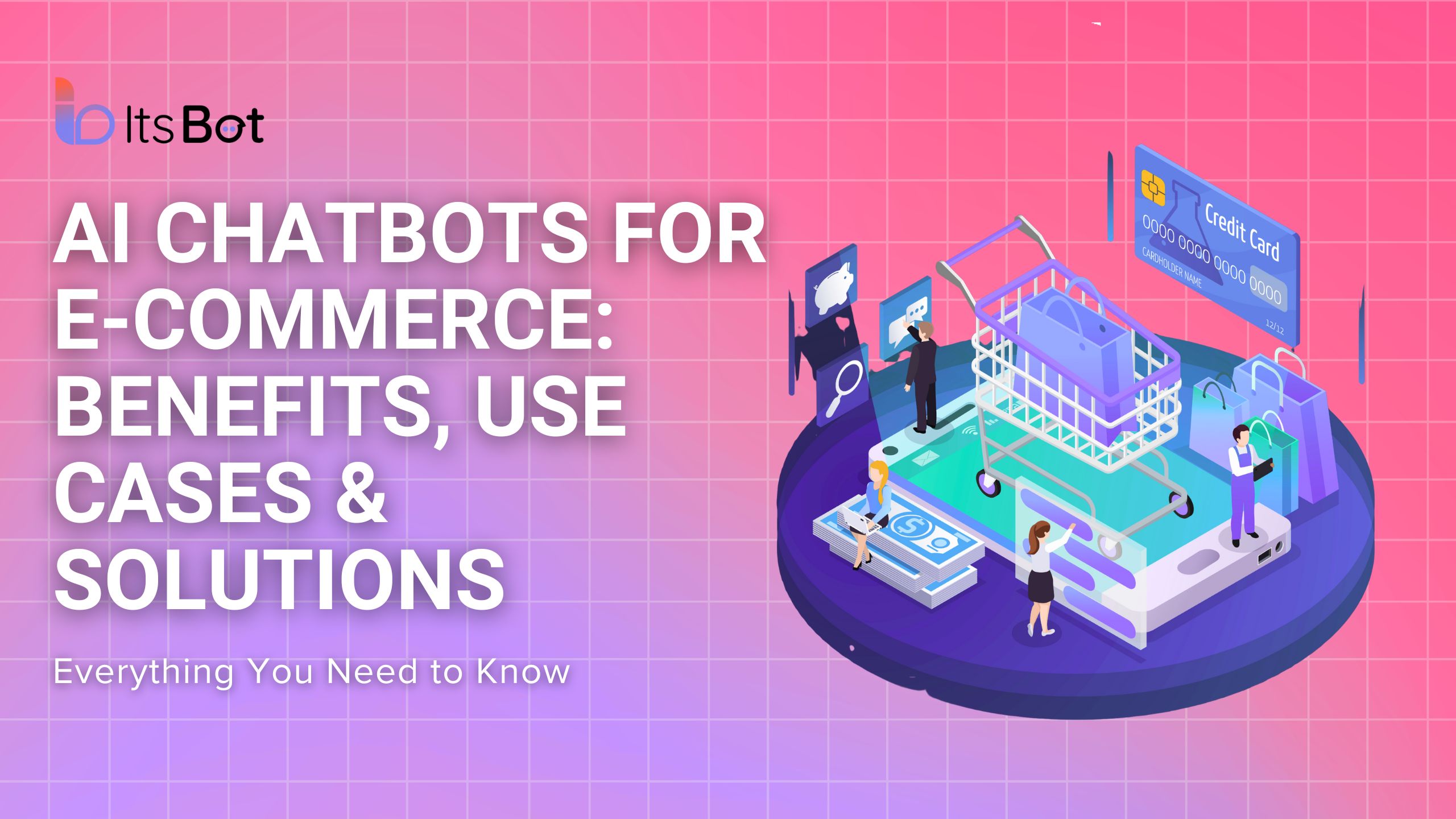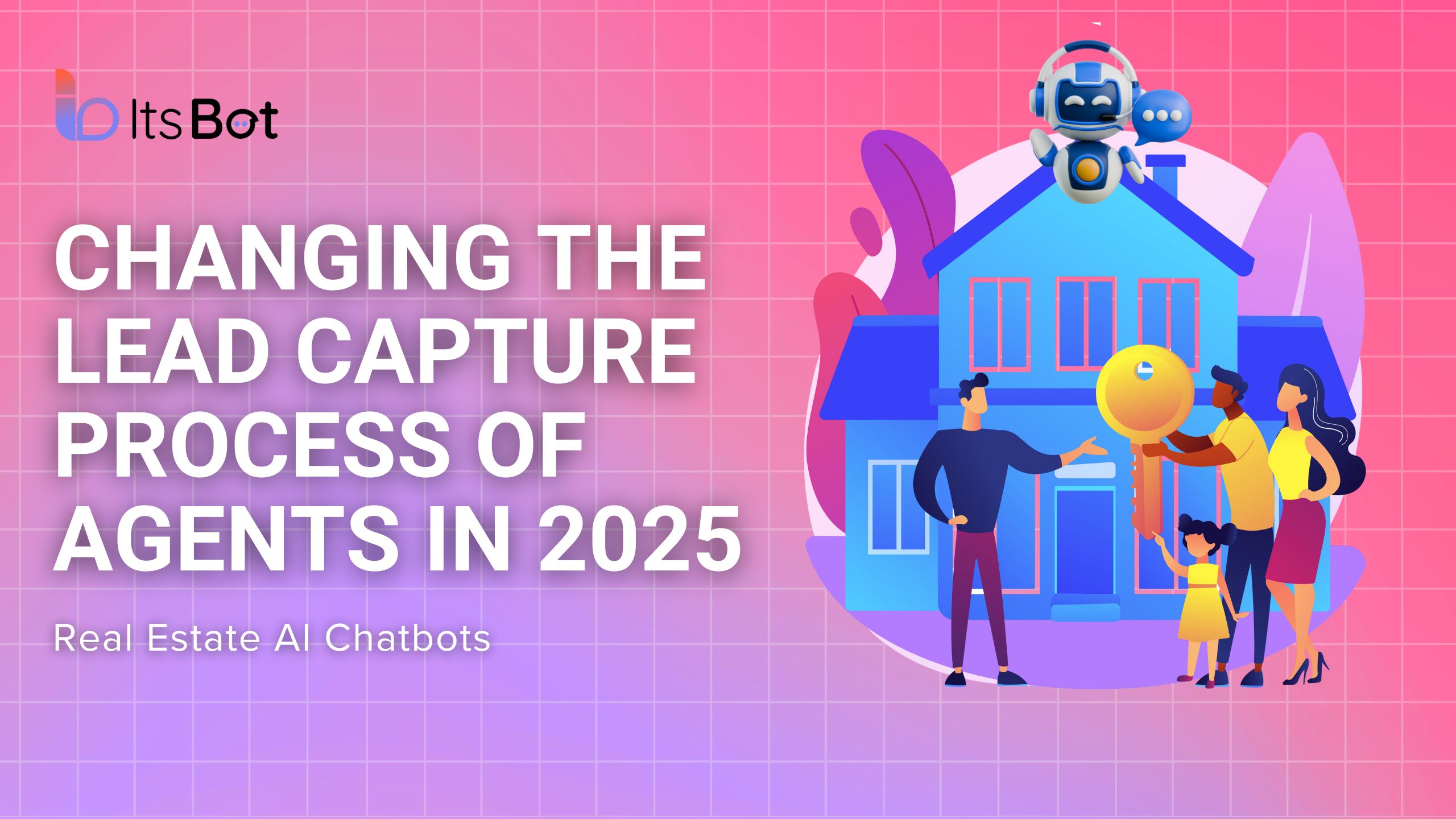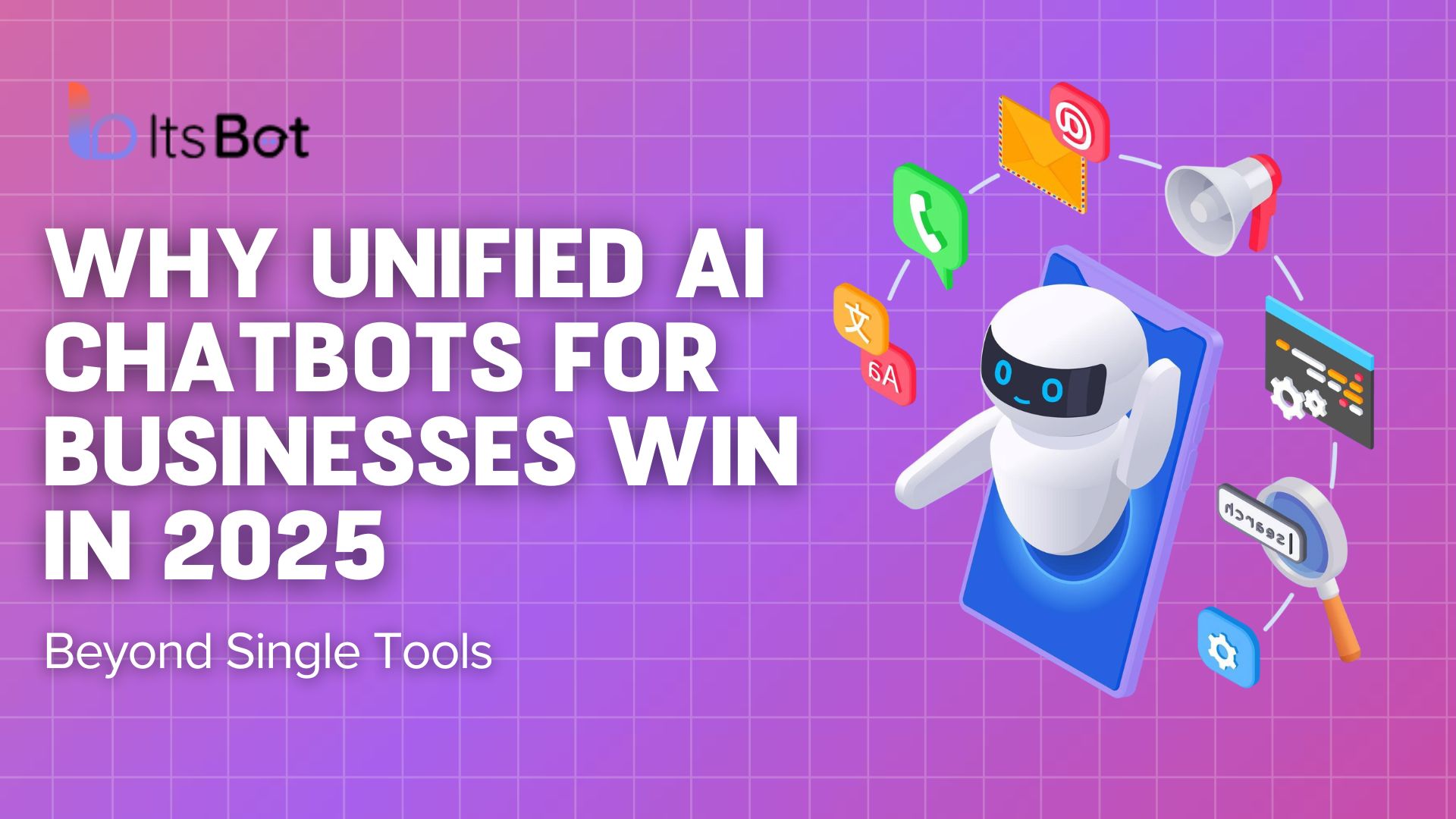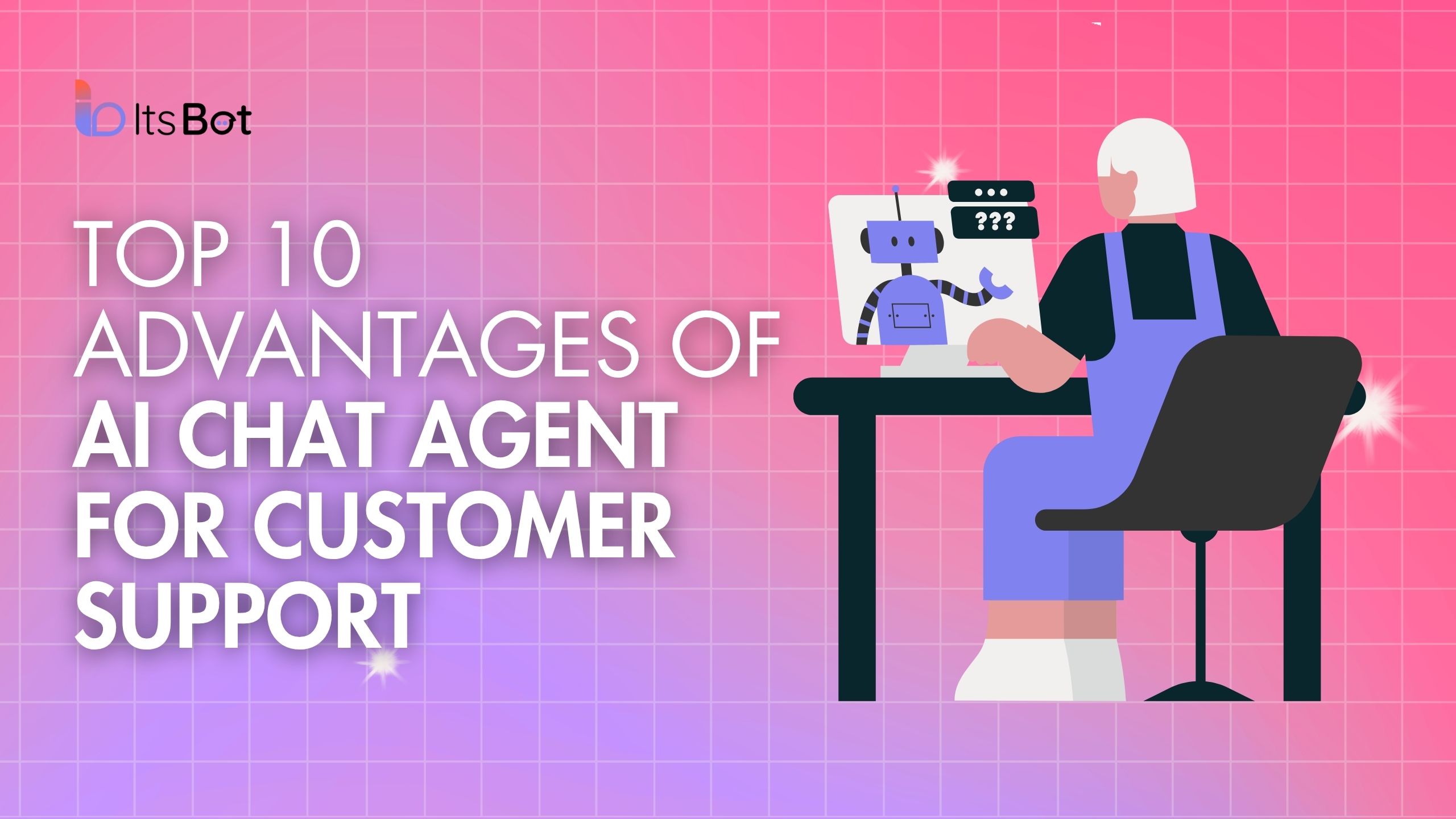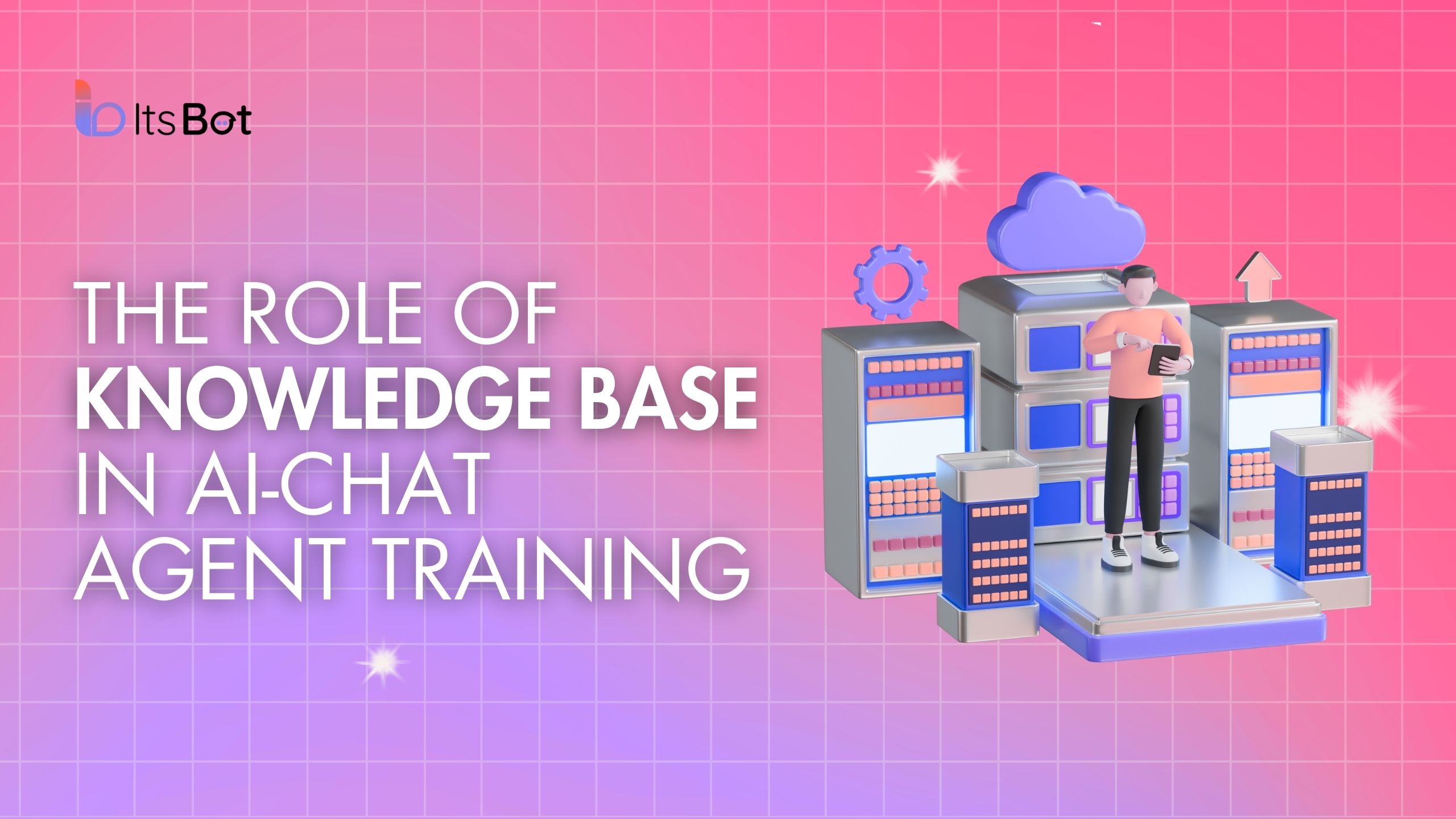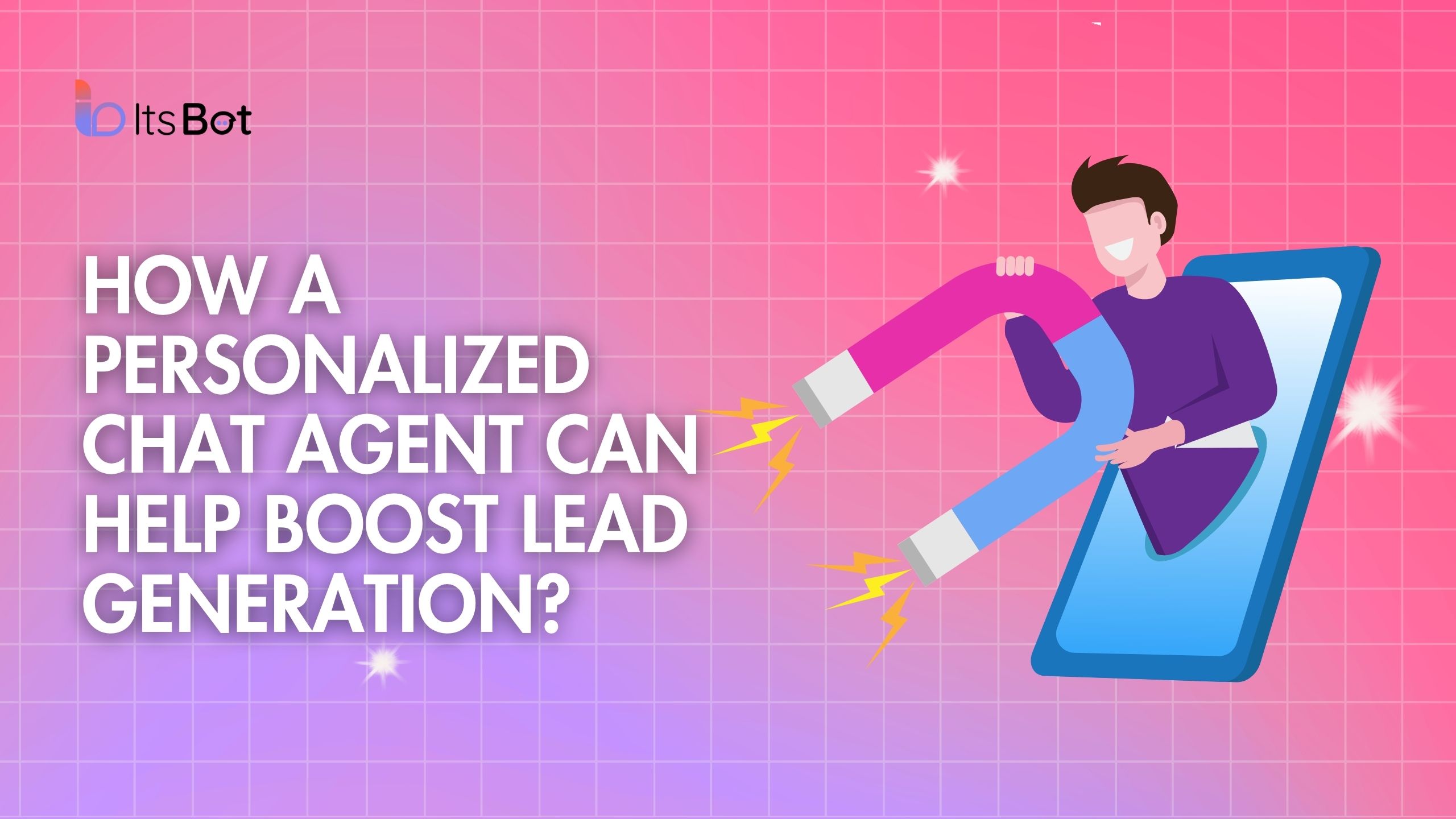The adoption of AI chat agent is skyrocketing, with the global market expected to surpass $10 billion by 2025 (Tidio) (The Tech Report).
In 2023, around 67% of consumers engaged with chat agent for quick and seamless interactions (DemandSage). This growth is fueled by chat agent’ ability to handle 65% of business-to-consumer communications, resulting in significant time and cost savings for businesses.
Despite their benefits, deploying AI chat agent successfully can be challenging. Missteps during deployment can lead to poor user experiences, increased costs, and ultimately, failed projects.
This article aims to guide IT professionals and business owners through common AI Chat agent Deployment mistakes to avoid. By understanding these pitfalls and following best practices, you can ensure a smoother deployment process and achieve your business goals.
Types of AI Chat Agent
Before discussing common mistakes, it is important to understand the different types of chat agent.
AI chat agent can be broadly classified into three main types:
- Rule-based chat agent
- AI-powered chat agent
- Hybrid chat agent
Each type has distinct characteristics and is suitable for different applications, depending on the complexity and nature of the tasks they are designed to perform.
Rule-Based Chat Agent
Rule-based chat agent follow predefined scripts and rules. They respond based on specific user inputs, making them predictable and easy to program. These chat agent are ideal for simple tasks like answering frequently asked questions (FAQs), providing business hours, or guiding users through standard procedures. However, they are not flexible and can’t handle unexpected questions or complex interactions.
AI-Powered Chat Agent
AI-powered chat agent use advanced technologies such as machine learning and natural language processing (NLP) to understand and respond to user inputs more intelligently. These chat agent learn from previous interactions, improving their ability to handle a wide variety of questions and provide personalized responses. AI-powered chat Agent can understand the context and nuances of human language, making them suitable for customer service, virtual assistants, and complex transactions. They can manage dynamic conversations and provide accurate, context-aware answers.
Hybrid Chat Agent
Hybrid chat agent combine the simplicity of rule-based systems with the advanced capabilities of AI-powered chat agent. They handle simple tasks with predefined rules and switch to AI for more complex queries. This approach ensures quick and efficient responses for straightforward interactions while providing intelligent and adaptable answers for more complicated questions. Hybrid chat agent offer a balanced solution, making them versatile and scalable for various business needs.
Understanding these types of chat agent helps businesses select the most appropriate technology for their needs.
Now, let’s look into the core functionalities of AI chat agent to better grasp how they work and the advantages they offer.
Understanding AI Chat Agent
AI chat agent are advanced systems that simulate human conversation using text or voice. They rely on several key technologies to deliver effective communication.
Natural Language Processing (NLP)
One fundamental technology is Natural Language Processing (NLP). NLP enables chat agent to understand and process human language. It involves breaking down sentences, recognizing the meaning of words, and understanding the context of conversations. This allows chat agent to respond in a way that feels natural and relevant to the user.
Machine Learning
Another critical technology is Machine Learning. Machine learning helps chat agent learn from past interactions. By analyzing previous conversations, chat agent can identify patterns and improve their responses over time. This continuous learning makes them more accurate and capable of handling a wider range of queries.
Conversational Context
Chat agent also maintain Conversational Context. This means they can remember previous interactions and use that information to provide coherent and contextually appropriate responses. For example, if a user mentions a problem in an earlier part of the conversation, the chat agent can refer back to it later without asking the user to repeat themselves.
Speech Recognition and Text-to-Speech (TTS)
Technically, chat agent use Speech Recognition to convert spoken language into text, allowing them to process voice commands. They also use Text-to-Speech (TTS) technology to convert text responses into spoken words, making voice interactions possible.
Dialog Management
Dialog Management is another important aspect. This involves managing the flow of conversation to ensure that responses are logical and relevant. It helps the chat agent guide users through interactions in a way that makes sense and addresses their needs effectively.
These core technologies enable AI chat agent to provide dynamic and personalized interactions, making them valuable tools for various business applications.
Benefits of AI Chat Agent
Thanks to advanced tech, AI chat agnet offer a multitude of benefits for businesses, enhancing both operational efficiency and customer experience.
Continuous Availability
AI chat agent operate around the clock, providing 24/7 customer support. This ensures that customer queries are addressed instantly, regardless of time zones or business hours. The constant availability reduces wait times significantly, leading to improved customer satisfaction. This is particularly beneficial for global businesses that need to cater to customers across different time zones.
Cost Efficiency
Implementing AI chat agent can lead to substantial cost savings. By automating routine and repetitive tasks, chat agent reduce the need for large customer service teams, thereby cutting down on labor costs. The initial investment in chat agent technology is offset by the long-term savings in operational expenses. Additionally, chat agent can handle high volumes of interactions simultaneously, further reducing the need for additional human resources during peak times.
Enhanced Customer Engagement
AI chat agent enhance customer engagement by providing quick and accurate responses to queries. They leverage natural language processing (NLP) to understand and respond to customer inputs effectively. This capability allows chat agent to handle complex interactions and provide personalized responses based on user data and past interactions. Enhanced engagement leads to higher customer satisfaction and loyalty.
Scalability
Chat agent are highly scalable solutions. They can handle increasing volumes of interactions without a corresponding increase in costs. This scalability ensures that businesses can maintain high levels of customer service during peak times or promotional events. Unlike human agents, chat agent do not require additional resources to scale, making them a cost-effective solution for growing businesses.
Real-Time Data Collection and Analysis
AI chat agent collect and analyze data from customer interactions in real-time. This data provides valuable insights into customer behavior, preferences, and pain points. Businesses can use these insights to make data-driven decisions and improve their products and services. Additionally, real-time data analysis allows chat agent to continuously learn and improve their responses, enhancing their effectiveness over time.
Versatility in Applications
AI chat agent are versatile tools that can be deployed across various industries and functions. In e-commerce, they assist with product recommendations, order tracking, and customer support. In healthcare, they provide information on symptoms, medications, and appointment scheduling. In banking, they handle account-related queries and support fraud detection. This versatility makes them valuable assets in any business setting.
Improved Customer Service Efficiency
By automating responses to common queries and guiding users through processes, chat agent free up human agents to handle more complex issues. This division of labor improves overall service efficiency and ensures that customers with more complicated problems receive the attention they need. Chat agent also reduce the likelihood of human error, providing consistent and reliable service.
Integration with Existing Systems
AI chat agent can integrate seamlessly with existing business systems such as CRM, ERP, and helpdesk software. This integration allows chat agent to access and update customer information in real-time, providing more accurate and personalized responses. It also ensures that the chat agent can function as part of a larger ecosystem, improving overall operational efficiency.
Multilingual Support
Many AI chat agent are equipped with multilingual capabilities, allowing them to interact with users in various languages. This feature is particularly beneficial for businesses operating in multiple regions, as it helps them cater to a diverse customer base without the need for multiple language-specific support teams.
Improved Lead Generation and Conversion
Chat agent can engage visitors on a website proactively, guiding them through the sales funnel and addressing their queries in real-time. This immediate interaction helps in capturing leads more effectively and can significantly improve conversion rates. By qualifying leads through conversational interactions, chat agent ensure that only high-quality leads are passed on to the sales team.
Increased Accessibility
AI chat agent can assist users with disabilities by providing alternative ways to interact with businesses. For example, voice-enabled chat agent can help visually impaired users, while text-based interactions can assist those with hearing impairments. This inclusivity ensures that all customers have access to support and services.
AI chat agent provide numerous technical and operational benefits, from cost savings and scalability to enhanced customer engagement and real-time data insights. These advantages make chat agent an essential tool for modern businesses looking to improve efficiency and customer satisfaction.
Common AI Chat Agent Deployment Mistakes
In order to make the most out of AI chat agent, it’s essential to avoid several key pitfalls. In this section, we will explore some common AI Chat Agent Deployment Mistakes to avoid when deploying so you can ensure a successful implementation.
Lack of Clear Objectives
A common mistake in chat agent deployment is not setting clear objectives. Without specific goals, it’s difficult to measure success or understand the chat agent’s impact on the business. Whether the goal is to improve customer service efficiency or increase lead generation, clearly defined objectives help tailor the chat agent’s functions to meet business needs and evaluate its performance effectively.
Inadequate Training Data
AI chat agent rely heavily on quality training data to function correctly. Using inadequate or poor-quality data can lead to incorrect or irrelevant responses. It’s crucial to provide diverse and comprehensive datasets that reflect real-world interactions, including a variety of customer queries and different ways users might phrase their questions. Regularly updating the training data ensures the chat agent adapts to changing user behavior and maintains high accuracy.
Overlooking User Experience (UX) Design
User experience is critical for chat agent success. A chat agent that is difficult to interact with can frustrate users and drive them away. Ensuring a smooth and intuitive user interface (UI) is essential. This includes easy navigation, clear instructions, and a friendly conversational tone. Additionally, providing fallback options like transferring to a human agent when the chat agent can’t handle a query enhances the overall user experience.
Insufficient Testing and Quality Assurance
Deploying a chat agent without thorough testing can lead to numerous issues. Extensive testing in various scenarios is essential to ensure the chat agent performs well under different conditions. This includes stress testing for handling multiple simultaneous interactions and verifying the accuracy and relevance of responses. Regular quality assurance checks post-deployment help identify and fix issues promptly.
Ignoring Integration with Existing Systems
Failing to integrate the chat agent with existing business systems like CRM, ERP, and helpdesk software is another common mistake. Integration allows the chat agent to access and update customer information in real-time, providing more accurate and personalized responses. Without proper integration, the chat agent operates in isolation, limiting its effectiveness and value.
Neglecting Security and Privacy Concerns
Overlooking security and privacy measures can lead to significant risks, as chat agent handle a lot of sensitive customer data. Ensuring that the chat agent complies with data protection regulations like GDPR or CCPA is crucial. Implementing strong encryption, regular security audits, and secure data storage practices protects customer data and maintains trust.
Underestimating the Importance of Continuous Improvement
Deploying a chat agent is not a one-time task. Continuous monitoring and improvement are essential for maintaining its effectiveness. Analyzing chat agent interactions to identify areas of improvement, updating training data, and refining responses based on user feedback are ongoing processes. Regular updates ensure the chat agent remains relevant and useful.
Not Considering Multilingual Capabilities
In a global market, supporting multiple languages can significantly enhance a chat agent’s utility. Failing to consider multilingual capabilities can limit the chat agent reach and effectiveness. Ensuring the chat agent can handle interactions in various languages broadens its appeal and improves user satisfaction across different regions.
By avoiding these common mistakes, businesses can ensure a more successful and effective deployment of AI chat agent.
Cost Considerations for Deploying AI Chat Agent
After recognizing the common mistakes in deploying AI chat agent, it’s also important to understand the costs involved.
Initially, there are development and deployment expenses. These include fees for software and platforms, costs for hiring AI specialists to design and build the chat agent, and integration expenses to ensure the chat agent works seamlessly with existing systems like CRM and ERP. Custom-built solutions tend to be more expensive compared to off-the-shelf options.
Once deployed, chat agent require ongoing maintenance and operational costs. These include subscription and licensing fees for the software, expenses for storing and managing interaction data, and technical support for regular updates and bug fixes. Additionally, it’s essential to keep the training data updated to maintain the chat agent’s effectiveness.
There are also potential hidden costs. As chat agent usage grows, businesses might face increased expenses for scalability, such as additional servers and bandwidth. Thorough quality assurance and testing are necessary to ensure optimal performance, which can add to the overall costs. Training employees and users to interact effectively with the chat agent can also require significant resources.
Despite these costs, AI chat agent can provide substantial benefits. They can lead to significant labor cost savings by automating routine tasks, increase efficiency by handling multiple interactions simultaneously, and enhance customer satisfaction through 24/7 support and personalized interactions.
Conducting a cost-benefit analysis helps businesses understand the potential return on investment and make informed decisions about chat agent deployment.
Final Thoughts
Deploying AI chat agent can greatly improve business efficiency and customer satisfaction when done thoughtfully.
Understanding the types of chat agent, their functionalities, and the associated costs ensures a smoother implementation process. AI chat agent offer benefits like 24/7 availability, cost savings, scalability, and enhanced customer engagement. Effective integration with existing systems and continuous optimization can make chat agent invaluable assets.
As AI technology advances, chat agent will become even more crucial for modern businesses, helping streamline operations and enhance customer experiences, ultimately driving long-term success in a digital landscape.
Frequently Asked Questions (FAQs)
What are the main types of AI chat agent, and how do they differ?
AI chat agent are classified into rule-based, AI-powered, and hybrid types. Rule-based chat agent follow predefined scripts, ideal for simple tasks. AI-powered chat agent leverage machine learning and natural language processing to handle complex interactions. Hybrid chat agent combine both approaches, using rules for straightforward tasks and AI for nuanced responses, providing a balanced solution.
How can AI chat agent improve customer service?
AI chat agent enhance customer service by offering 24/7 support, reducing wait times, and managing multiple interactions simultaneously. They utilize natural language processing to accurately understand and respond to queries, improving response times and customer satisfaction. Additionally, chat agent collect and analyze interaction data to provide personalized responses and insights for service improvements.
What are the key cost considerations when deploying AI chat agent?
Key cost considerations include initial development and deployment costs such as software fees, developer hiring, and system integration. Ongoing maintenance costs cover subscriptions, data storage, and technical support. Hidden costs may involve scalability expenses, quality assurance, and user training. A cost-benefit analysis helps determine ROI and informs decision-making.
What are common mistakes to avoid when implementing AI chat agent?
Common mistakes include lacking clear objectives, using poor-quality training data, neglecting user experience design, insufficient testing, ignoring system integration, overlooking security and privacy, underestimating continuous improvement, and not supporting multiple languages. Avoiding these ensures effective and efficient chat agent deployment.
How do AI chat agent integrate with existing business systems?
AI chat agent integrate with business systems like CRM, ERP, and helpdesk software through APIs. This allows real-time access and updates to customer information, enabling accurate and personalized responses. Proper integration ensures the chat agent functions seamlessly within the existing ecosystem, enhancing operational efficiency.
